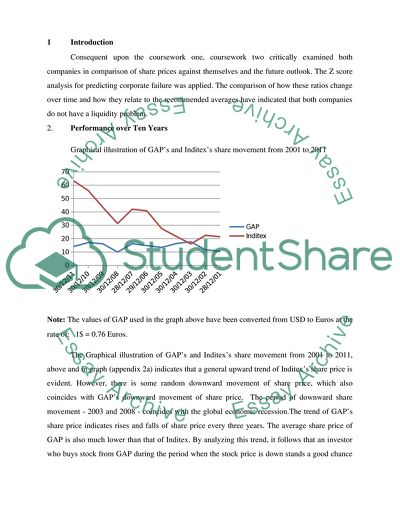Cite this document
(Financial Analysis and Valuation of Inditex Assignment, n.d.)
Financial Analysis and Valuation of Inditex Assignment. Retrieved from https://studentshare.org/finance-accounting/1769532-financial-statement-analysisi
Financial Analysis and Valuation of Inditex Assignment. Retrieved from https://studentshare.org/finance-accounting/1769532-financial-statement-analysisi
(Financial Analysis and Valuation of Inditex Assignment)
Financial Analysis and Valuation of Inditex Assignment. https://studentshare.org/finance-accounting/1769532-financial-statement-analysisi.
Financial Analysis and Valuation of Inditex Assignment. https://studentshare.org/finance-accounting/1769532-financial-statement-analysisi.
“Financial Analysis and Valuation of Inditex Assignment”, n.d. https://studentshare.org/finance-accounting/1769532-financial-statement-analysisi.


